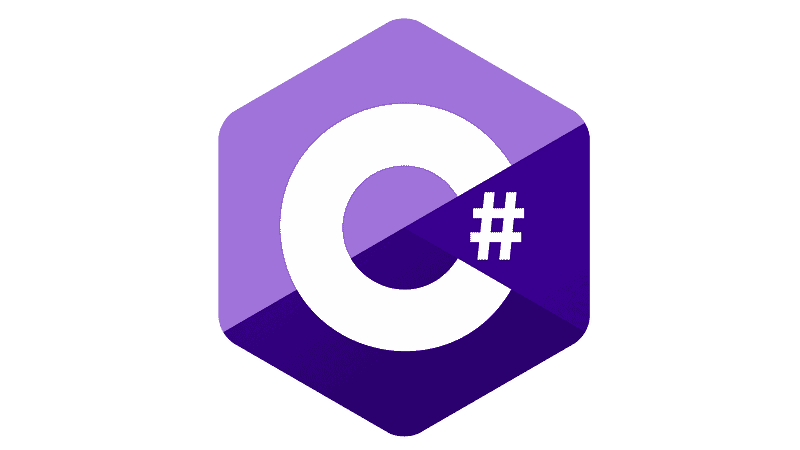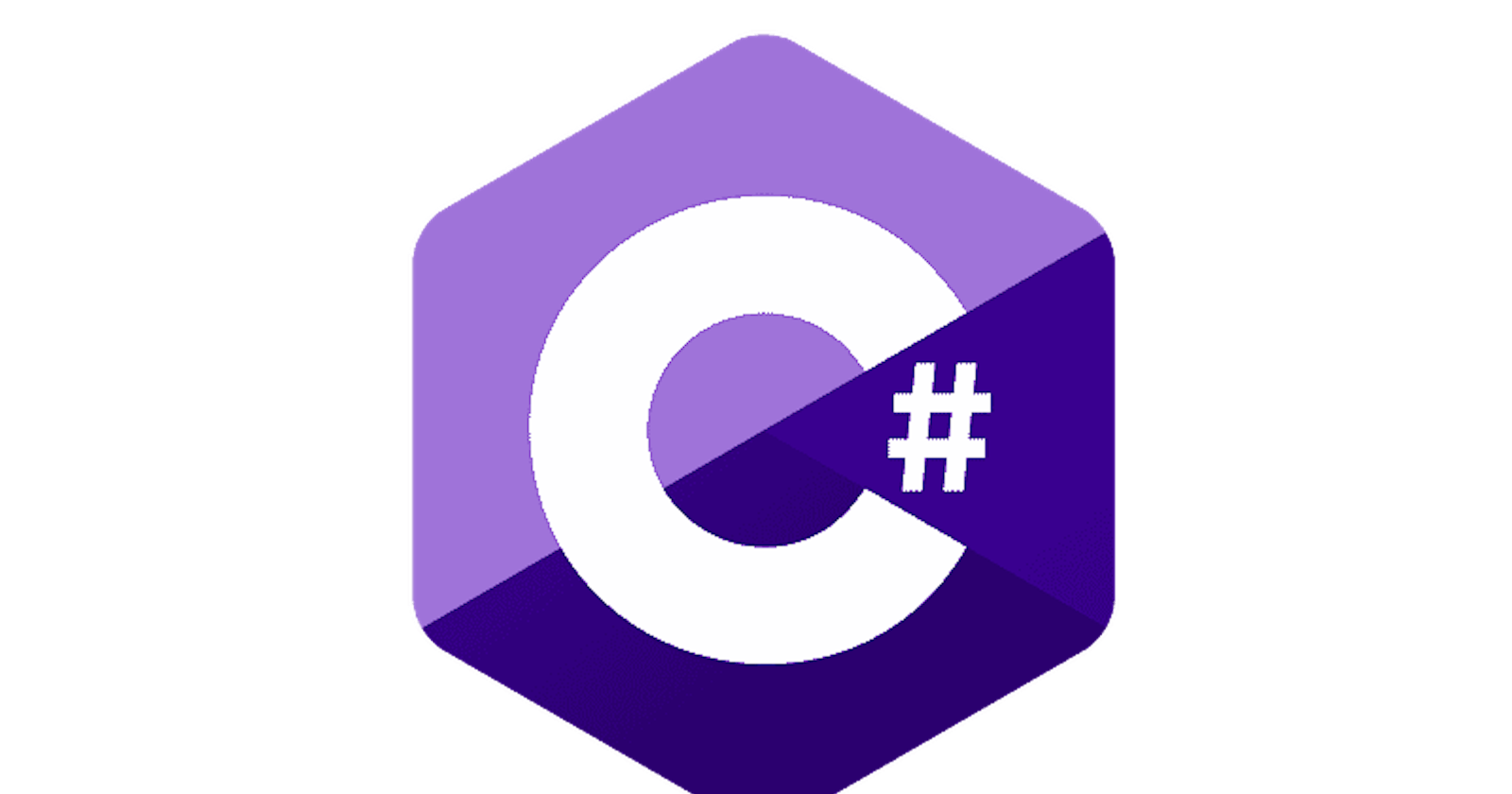
C# is a popular object-oriented programming language developed by Microsoft. It is widely used for building enterprise applications on the .NET platform. While C# is not traditionally considered a “data engineering” language like Python or Scala, it does have some useful features that can be applied for data engineering tasks.
Connecting to Databases
C# has great built-in support for connecting to SQL databases through ADO.NET. You can easily connect to databases like SQL Server, MySQL, PostgreSQL, etc. and execute queries to retrieve data. The code to connect to a SQL database and run a query would look something like this:
using System.Data.SqlClient;
string connectionString = "Server=serverName;Database=dbName;User=userName;Pwd=password";
using (SqlConnection conn = new SqlConnection(connectionString))
{
conn.Open();
SqlCommand cmd = new SqlCommand("SELECT * FROM table_name", conn);
SqlDataReader reader = cmd.ExecuteReader();
// Read data from reader and process records
}
Processing Data with LINQ
C# provides LINQ (Language Integrated Query), which allows you to process and transform data using a query-like syntax. You can use LINQ to filter, sort, aggregate, and manipulate collections of data. For example:
var numbers = new List { 1, 2, 3, 4, 5 };
var evenNumbers = numbers.Where(n => n % 2 == 0); // Filters to even numbers
var sum = numbers.Sum(); // Sums all numbers
var max = numbers.Max(); // Gets maximum value
LINQ can be used on data from databases, files, arrays, collections, etc. This makes it useful for data processing and transformation in data engineering pipelines.
There are a few limitations of C# for data engineering. It is not ideal for big data processing due to lack of distributed computing capabilities. And it does not have the breadth of machine learning and data science libraries that Python and R have. However, for building data integration pipelines, ETL processes, and middleware, C# remains a capable tool with its connectivity, object-oriented nature, and LINQ features.
Here are some additional points about using C# for data engineering:
• C# has good support for connecting to non-SQL data sources like REST APIs, HDFS, Azure Blob Storage, etc. This allows you to ingest data from various places.
• C# is a strongly typed language, which helps catch bugs early and enforces structuring of code. This is useful for building robust data pipelines.
• C# has built-in support for parallelism and concurrency with the Task Parallel Library. This allows you to write code that executes tasks concurrently, which is important for high-performance data processing.
• C# has LINQ to XML which allows you to query and parse XML data, and LINQ to Entities for querying entity framework models. Useful for manipulating various data inputs and outputs.
• C# has a large collection of open source libraries that can aid in data engineering like:
- Newtonsoft Json.NET for serializing objects to JSON and vice-versa. Useful for REST APIs.
- CsvHelper for reading and writing CSV files.
- SharpZipLib for zipping and unzipping files.
- CurlSharp for making HTTP requests (cURL in C#)
- Math.NET for numerical computing.
• C# builds on the .NET platform which provides a Common Type System across languages. You can build C# projects that integrate with code in F#, VB.NET, etc. This is useful for complex programs.
• C# has an interactive REPL (Read-Evaluate-Print-Loop) called C# Interactive which allows you to execute C# code line by line and get instant feedback. This is useful for testing snippets of data processing logic.
- C# has strong tooling support through Visual Studio and the .NET ecosystem. This provides features like debugging, testing frameworks, application deployment, and more.
So while C# may not be a traditional “data science” language, it has a lot of capabilities that make it suitable for building data engineering solutions and infrastructure.

